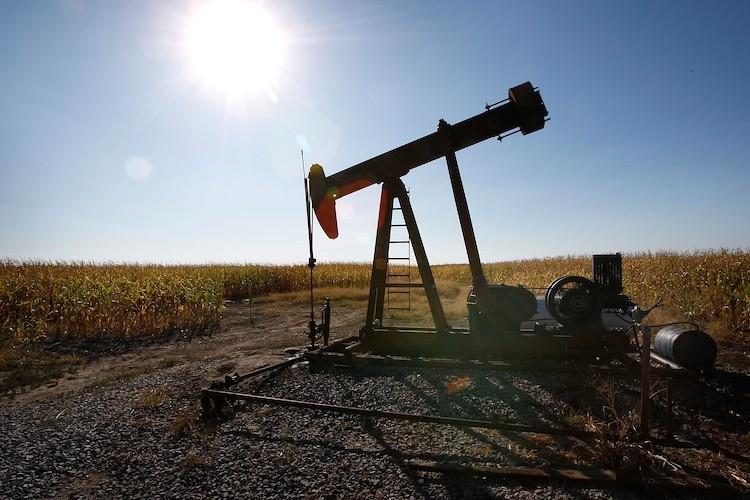Commentary
An argument continues to rage in the scientific community about the scientific validity of global climate change and, in particular, global warming. In essence, the argument concerns the validity of the Anthropogenic Global Warming Hypothesis (AGWH), which is the foundational hypothesis of Global Warming (Change) Science and assumes that the rise in the global mean temperature is directly caused by human-generated carbon dioxide (CO2) produced primarily via the burning of fossil fuels.


